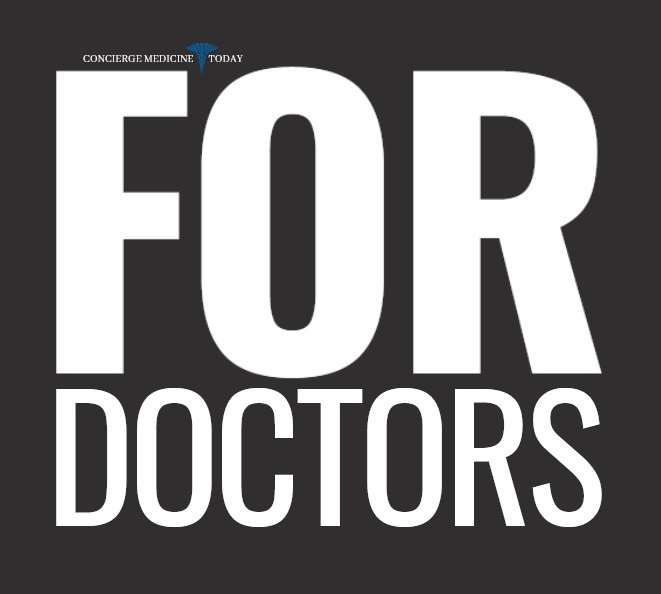I'm on a thank you note crusade in healthcare.
“The “Friendliest Countries” (in order 1-5) are: Austria; Spain; New Zealand; Canada; and Italy.”
According to U.S. News & World Reports, The "Friendliest Countries" (in order 1-5) are Austria, Spain, New Zealand, Canada, and Italy.
As a Canadian, I wholeheartedly agree.
I’m curious to see in the next 40 years how specifically Canadian hospitality will shape America’s healthcare customer service culture for the better.
I hope it does. But I digress.
The point is, thank you notes have come a long way.
According to MTM Recognition(R), the noted … “The Chinese and Egyptian cultures were the first to start writing what closely resembled thank you notes. They would write friendship and good luck notes & exchange them with one another on papyrus paper. Later (around 1400), the Europeans exchanged social notes (aka greeting cards) by hand delivering them to their friends and family. Long after the Europeans started using thank you notes, Louis Prang, a German immigrant, brought greeting cards and thank you notes to America in 1856."
I’m of the persuasion, having worked in healthcare and personally seen their impact on people, that they are one of the best over-the-counter tools to treat Physician burnout, healthcare worker fatigue, and even patient burnout.
And, the evidence and science that ‘gratitude is good for the giver’ is there, too!
According to the NEW YORK TIMES, June 2023 in an article entitled GRATITUDE REALLY IS GOOD FOR YOU. HERE’S WHAT THE SCIENCE SHOWS BY CHRISTINA CARON. In the article, she writes, “Two decades ago, a landmark study led by the psychologist Robert A. Emmons sought to understand how people benefit from gratitude, a question scientists had rarely explored until then.”
“Don’t cross the streams,” Egon said.
I must have watched the 1984 cult classic movie, GHOSTBUSTERS a dozen times in my youth.
I remember my Grandma Alice crocheting her blankets and my cousin and I on her farm in Canada with a brown ’70s couch. I still don’t know what that textile couch was made of but that material seems to endure.
It's a movie that has unforgettable one-liners. Who doesn't smile at Ray Stantz and his memory of the Stay Puft Marshmallow Man?
Good times.
There’s a point to this memory.
One of the most memorable lines is "Don't cross the streams."
It was a phrase spoken by Egon Spengler in the movie, which referred to the proton beams from Particle Throwers crossing paths during use.
Egon warns everyone to “NEVER CROSS THE STREAMS."
What would happen exactly?
Well Egon said "IT WOULD BE BAD."
Peter Venkman said he was a little fuzzy on the good/bad thing and asked Egon what he meant by "BAD."
Egon clarified with an example. He told them to try to imagine all life as you know it stopping instantaneously and every molecule in your body exploding at the speed of light.
Dan Aykroyd, as Ray Stantz, realized he was talking about total protonic reversal.
Suffice it to say, weeks later, to defeat Gozer, Egon told everyone TO CROSS THE STREAMS, knowing full well the risks. He informed them there was definitely a very slim chance they would survive. And in the end (spoiler alert) they reversed the flow, banished Gozer, Zuul, and Vinz Clortho, and blew up the Stay Puft Marshmallow Man, the Temple of Gozer, and the top floors of 550 Central Park West in the movie.
And thus, the end of the movie with a sequel or three to follow.
As many of my friends are physicians in my line of work, I desire to encourage them to continue caring for, serving, and treating patients despite the long hours, thankless moments, and more.
“I’m of the persuasion having worked in healthcare and personally seen their impact on people, that they are one of the best over the counter tools to treat Physician burnout, healthcare worker fatigue and even, patient burnout. ”

